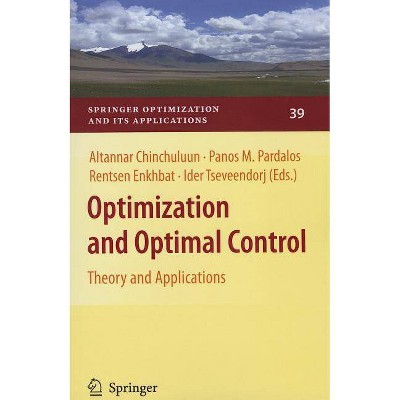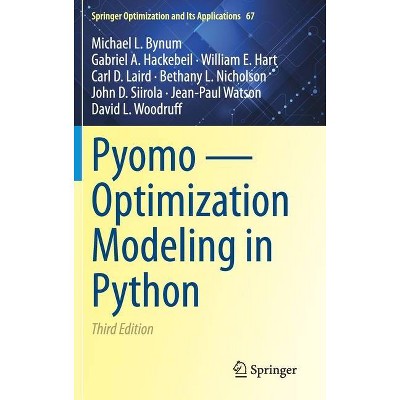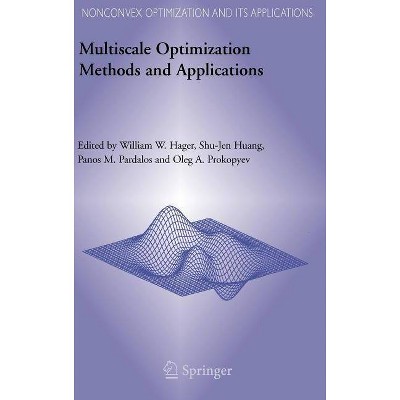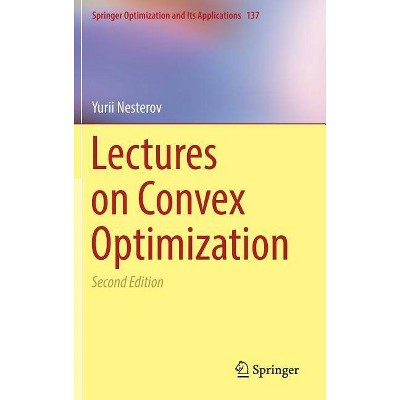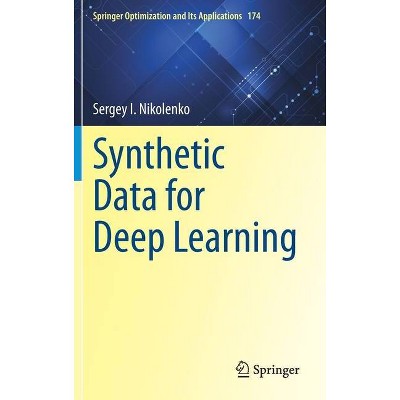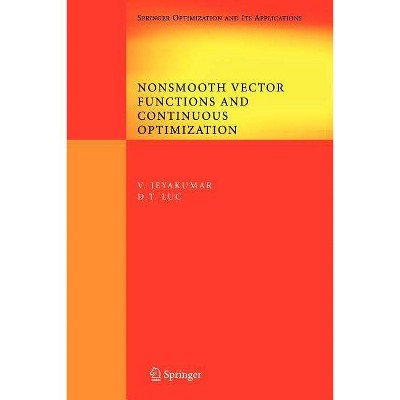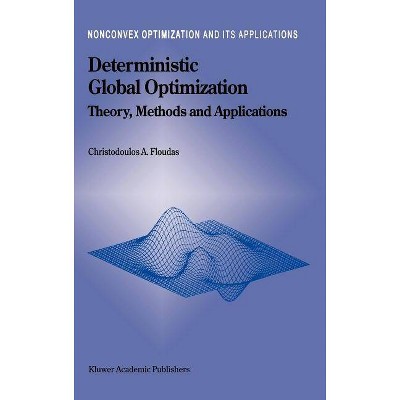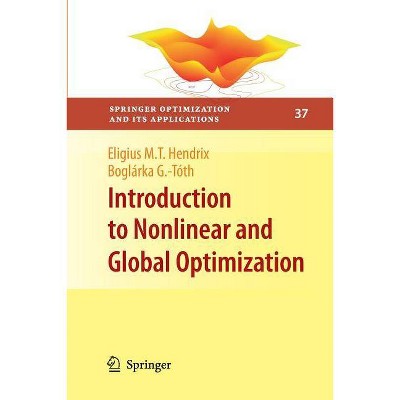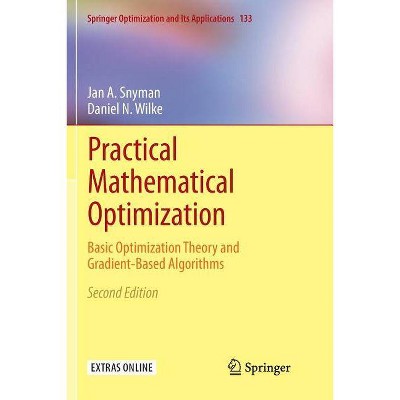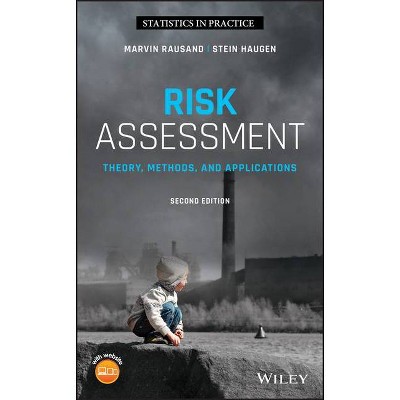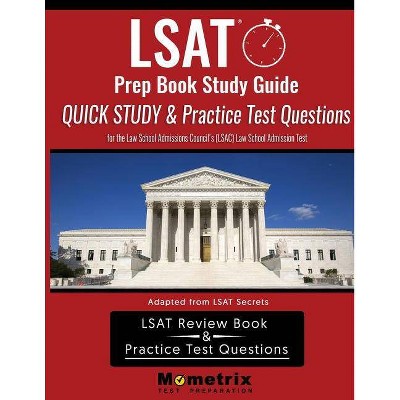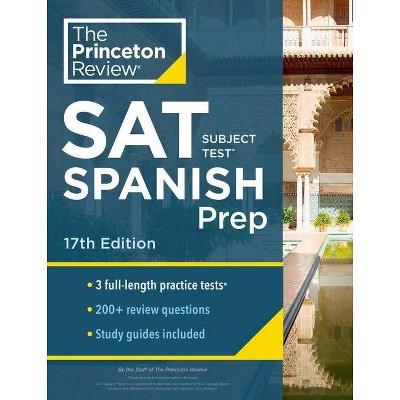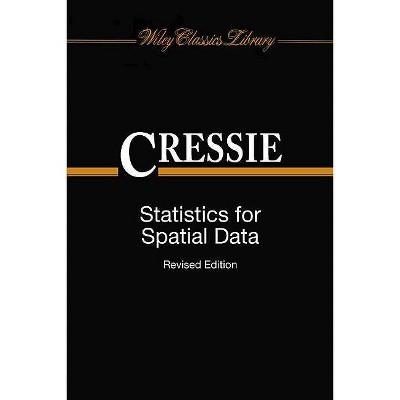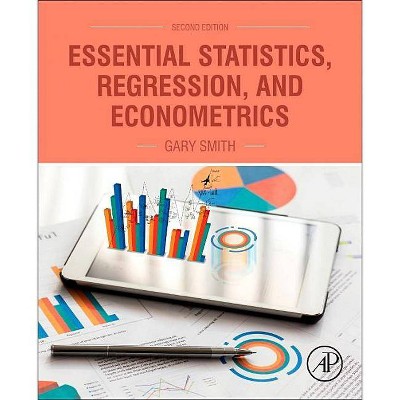Multicriteria Portfolio Management - (Springer Optimization and Its Applications) (Hardcover)

Similar Products
Products of same category from the store
AllProduct info
<p/><br></br><p><b> About the Book </b></p></br></br>This book presents an innovative, integrated methodological approach to the construction and selection of equity portfolios. The text integrates stochastic methods for portfolio comparisons to offer a unified model for decision making in portfolio management.<p/><br></br><p><b> Book Synopsis </b></p></br></br>The primary purpose in this book is to present an integrated and innovative methodological approach for the construction and selection of equity portfolios. The approach takes into account the inherent multidimensional nature of the problem, while allowing the decision makers to incorporate specified preferences in the decision processes. A fundamental principle of modern portfolio theory is that comparisons between portfolios are generally made using two criteria; the expected return and portfolio variance. According to most of the portfolio models derived from the stochastic dominance approach, the group of portfolios open to comparisons is divided into two parts: the efficient portfolios, and the dominated. This work integrates the two approaches providing a unified model for decision making in portfolio management with multiple criteria.<p/><br></br><p><b> From the Back Cover </b></p></br></br><p>The disastrous impact of the recent worldwide financial crisis in the global economy has shown how vulnerable international markets are. The insufficiency of our models and tools to effectively intercept the overwhelming consequences of the decline has to be the starting point for re-designing and re-engineering existing portfolio management methods and tools. </p><p> </p><p>Under this rationale, three strong necessities become apparent: a) The enhancement of current PM processes and ontologies, b) The improvement of the effectiveness of contemporary portfolio engineering models, and c) The augmentation of the operational transparency and compliance within the PM practice. The methods, tools, and analytics that are presented in this book directly deal with the above objectives and assist in the enhancement of current state-of-the-art by introducing innovative and integrated investment business analytics and frameworks, launching new powerful and robust decision support algorithmic tools and mechanisms, and exploiting multiple risk metrics and standardized risk management procedures, within a fertile coalition.</p><p> </p><p>The target audience of this book includes a diversified group of readers, such as portfolio managers, financial managers, economists, bankers, as well as operations researchers and management scientists. Moreover, this monograph can also be used as a textbook for graduate courses in portfolio theory, investment analysis and fund management.</p><p/><br></br><p><b> Review Quotes </b></p></br></br><br><p>From the reviews: </p><p>"Multicriteria Portfolio Management is easy to read and a handy reference. It should be useful both to readers who are just curious and to those who plan to enter the field of portfolio management. ... this book does a better job of covering the expanse of multicriteria portfolio management than any book published to date." (Ralph E. Steuer, Interfaces, Vol. 44 (2), March-April, 2014)</p><br>
Price History
Price Archive shows prices from various stores, lets you see history and find the cheapest. There is no actual sale on the website. For all support, inquiry and suggestion messages communication@pricearchive.us
